Composer/educator Scott Smallwood reports on last month’s Sounds Like Audio Art Festival in Saskatoon. Scott shares his experiences as both featured performer and dedicated audience member through commentary on all the main events with an ear towards their engagement with soundscape ecology. -RJ
By Scott Smallwood
The Saskatoon-based AKA gallery, with its partner organizations Paved Arts (Sask) and Holophon (Regina), organized an amazing festival this past July – a fourth instalment of their now annual Sounds Like Audio Art Festival. This year, the three-day festival featured sound art pieces, installations, and performances by artists from across Canada, including a feature video/sound performance by this year’s artist-in-residence Darren Copeland, based out of Toronto, as well as daytime workshops for community members run by many of the artists. And it was packed with fascinating work, with an audience any arts organization would be jealous of, a situation I’m learning is the norm for this festival.
This was my second year to attend the festival, and my first as one of the artists presenting work. The event was held in the combined spaces of AKA and Paved, with gallery spaces on the first floor, and a lovely, intimate performance space on the second floor, with this year featured a quadraphonic sound system.
Thursday, July 24
The first evening of the festival featured sound performances by three solo artists. The evening began with a stunning performance by Montéal-based Myriam Bleau – one of my favourites, and such a strong way to begin this festival. The piece, entitled Soft Revolvers, featured an unusual sonic interface: four spinning tops, each translucent disc outfitted with blinking LEDs, sensors (accelerometer/gyrocope), and wireless connection to her laptop, which featured a custom performance system created in the media language of Max/MSP. Performed in darkness, we watched transfixed as she manipulated the tops on a large table in front of us (with a video screen behind showing us the table from above), “scratching” with them, spinning them, creating a dynamic sonic and visual performance. Much of the sound featured ambiences, voices, breakbeats, and low subsonic booms, all being controlled by her sometimes subtle, sometimes whimsical and fluids movements. It was virtuosic, without being “cheesy” or awkward. The performance itself was tasteful and not overly active, as is often the case with music that is simultaneously showcasing an experimental interface. At times the piece was quiet for long periods, which may have been due to some malfunctions – it was hard to tell because she didn’t let on. This created a kind of drama that I really enjoyed. Other times, she really “got going” and was clearly enjoying herself. It was difficult not to smile throughout this performance.
Next on the program was Calgary-based Ivan Reese, who gave a rather lengthy, animated explanation of what we were about to hear: a piece created algorithmically on the spot by his computer. He explained that it was based upon some work he had been doing as a video game designer and his interest in generative music in games. The 15-minute piece that resulted was quite varied, beginning quietly with an ascending bass clarinet gesture that eventually became a delightful array of textures weaving in and out of each other. It sounded to me like the piece may have been utilizing a MIDI-like system of triggered samples, but often transformed in lovely ways. As can often be the case with algorithmic music, this piece had quite a few moments of unfortunate decision making – long periods of rather benign and/or silly sounding constructions. But at least just as often, I found myself sinking into a lovely texture or pad, and longed for it to continue. It was a fun piece to listen to, never boring, though perhaps a bit fragmented.
The final piece on the program was a solo by Saskatoon’s Mehta Youngs, 20 minute laptop piece that used “synthesis and Musique Concrète technique” according to his program note, performed in darkness to enable the focus to remain on the audio only (a la Francisco López’s use of blindfolds to remove visual stimuli during his performances). The piece was dark and ambient, textural, mysterious, and the sound sources were indeed quite obscured. I enjoyed trying to identify what some of the sounds might be, as they were heavily manipulated, often with large washes of reverb and echoes. Unfortunately, there was a bit too much reliance on the delay/echo effects for my taste, but I really enjoyed the way his sound enveloped the space. He really did succeed in “taking” me somewhere that was very dreamlike, indistinct and blurry.
Friday, July 25
The second night of the festival featured three installation pieces, one of which was also the site of a performance art piece, followed by a 40 minute piece with video.
The first two “events” of the evening were “mini opening” events for two of the installation pieces. The evening began with a very large audience seated upstairs for an orientation to the evening, followed by a group migration downstairs to the exhibition space. The first stop was my (Scott Smallwood) own piece, Hideout, which was exhibited in a three-walled area. The piece featured 19 wall-hung circuits making soft clicking/chirping sounds in response to the light levels of the space. I gave a quick orientation to the work, and then let the audience wander in and out of the piece. This proved to be awkward, as the piece is very quiet, and it was difficult to feel satisfied that people could properly experience the work due to the large size of the crowd, and the tendency for people to talk.
Nevertheless, the work exhibited gave me a nice opportunity to present a piece that aims to transport the listener into an imaginary, “hidden” soundscape. As an acoustic ecologist and phonographer, much of my work stems from an interest in soundscape and our relationship to those spaces. This piece was inspired by two very different soundscapes that are connected in my mind through the act of “hiding:” an off-path copse of trees in Edmonton’s White Mud ravine, and indoor spaces such as a small room under the stairs or a broom closet. I thought about experiencing these spaces from the point of view of solitude and quiet hiding. Under these conditions, the ears open up to the soft sounds of branches clicking against each other, of the creaking and settling of walls, of the tapping sounds of a hot-water heating system, of birds or insects nearby, unaware of my presence. Presented in a darkened, black room, the piece aims to promote quiet listening, and subtle interaction through motion.
The next stop was Peter Flemming’s fantastic Stepper Motor Choir, a series of stepper motors with glass panes attached, resulting in the glass resonating with the frequency of the motor hum as the rotated. Peter was more successful than I was in both explaining his work and then encouraging the audience to sit quietly while the piece worked its magic. Indeed, the audience did sit transfixed watching and listening for almost 10 minutes to the arch of 12 stepper motors as they went through their algorithmic changes in speed. Upon closing my eyes, I could imagine this piece as an experience sitting inside of some kind of complicated mechanical machine churning all around me. The piece was really compelling, and super fun to watch as well as listen to.
Third on the evening’s program was Waterloo-based Lisa Birke whose installation piece also served as the site for a performance by the artist. The installation, located in the front room of the AKA gallery, was literally a kitchen, complete with refrigerator, microwave, counter tops, cabinets, a table, and loads of kitchen appliances, as well as food. We enter the space with the artist, in character, sitting on a chair with her face down on the table, apparently asleep. She is dressed in one-piece underwear with an apron over top. Eventually an alarm goes off, and she awakens (in a sort-of robotic way) and proceeds to spend the next 20 minutes or so making food and drinks in a kind of deranged, overly deliberate and messy way, often shouting out the thing she is holding or doing: DRINK! BLENDER! MIXING BOWL! Much of the piece, clearly a “performance art” work, seemed to be a comment of domestic concerns, the image of women in the kitchen, etc. As the piece progressed, she continued with various food preparations, each episode involving another layer of sound from the various appliances that were turned on, until eventually the kitchen was a mess, complete with a splattering of egg on the wall (and on at least one unfortunate audience member). As well, the soundscape was quite loud by the finale, all devices humming and whirring away in a noisy drone. It was an interesting 20 minutes, sometimes really compelling, and other times awkward and confusing. I felt myself being unsure who this character was – as her behavior and way of doing things had a kind of trance-like quality to it, as if she were mindless, or malfunctioning in some way. The shouted words felt a bit like one layer too many – a kind of obvious exclamation point that I think could have been eliminated or rethought. It seemed under-rehearsed, and perhaps a bit unfocused, but was still really interesting to watch.
From the point of soundscape composition, this piece did a really nice job immersing us in an imaginary, exaggerated kitchen soundscape; a surrealist caricature of this woman’s workplace, and perhaps prison.
The final piece was performed in the upstairs performance space, and featured a 40-minute audiovisual performance by Alexandre Berthier (Québec City), which consisted of a very slow moving left-to-right pan of the shanty towns of Bohar India, from the point of view of a train. The video was captured by a high-speed camera, which was then slowed down to an almost glacial pace, giving your eye plenty of time to gaze upon the squalor of poverty, and the hidden order and pride that could be seen in even these most extreme conditions. The sound was characterized largely by ambiences and looping sounds, peppered by the sounds of media from all of the world. This had the effect of trivializing the content of the media clips as a meaningless layer of noise on the already noisy images we see on the screen. As the imagery was hyper-real in transporting us to Bohar, but moving by in slow motion, I experienced the music as a kind of cinematic soundscape that reminded me of Betsey Biggs‘ ideas about cinematic listening; riding on a train while listening to your ipod, you begin to experience your own kind of narrative or emotional expression of the scene you see out the window.
It was a riveting performance, and I didn’t even notice the 40 minutes slide by. Although I was able to document the audio, and a small part of the video, I am posting instead the version of the piece that is on his website, which is a much better representation of the work, although a bit different from the version we saw that night.
M O M E N T U M from sixtopaz on Vimeo.
Saturday, July 26
The final day of the festival featured three performances in the upstairs space featuring quadrophonic sound utilizing a unique diffusion system by the artist-in-residence Darren Copeland that allowed his bodily motions to “place” the sounds of each piece in the surround mix.
The first piece, by Saskatoon’s own Ashton Frances, was one of two collaborative works by Frances and Copeland. As Ashton performed a kind of “self portrait” with live video and audio, Copeland moved the sound around the space, sometimes using an “auto spotlight” – a holosonic transducer that allows one to localize sound to an extreme degree. It was fascinating to hear sounds suddenly appear and disappear as Copeland directed the device past my ear. Ashton’s performance featured live video of himself, and sometimes Copeland, being constantly transformed and superimposed on itself, sometimes calling a bit too much attention to the process than the actual result, but still fun to watch. The sound was very understated – often just voices and sounds warbling, indistinct, played back at various speeds, along with ambiences and floaty sounds. It was a “soupy” piece in many ways, sometimes lacking enough focus, and often swimming in echoes and reverb. Some of the sounds were lovely, but I often felt that the piece sagged a bit, and perhaps could have used a bit more structure. Nevertheless, there were several good moments in the piece that made it worthwhile.
The second piece was Darren Copeland’s own piece, which was a partial collaboration with Frances in the spatial sense: Frances took over control of the diffusion system during much of this performance, and also made use of the holosonic speaker device. The piece was a 20-minute soundscape composition, utilizing field recordings and carefully mixed into a lovely journey of sound. The pacing and sense of balance and placement of sound was quite refined, and Frances’s diffusion of it in the space was subtle at times, while at others being more animated and frenzied. Overall it was a wonderful piece to sit inside of, and a great example of soundscape composition from a prominent sound artist and phonographer.
The final piece on the program was Edmonton-based Shawn Pinchbeck, who performed with an array of objects including radios, handmade audio synths, and his own Max-based performance system on a laptop. The piece was improvised, and began with Pinchbeck carefully placing radios around the space, and then gradually adding layers onto this until a complex ambient texture emerged, filling the space with motion, growth, and colour. At one point, he began “playing” an old wheely-record holder thing with contact microphones attached. As he slid and rolled it across the floor in front of us, the contact mics amplified the complex vibrations and resonances of the wire-based structure. It was a really calm and dreamy ending to an amazing festival. And like Copeland’s work, this piece made great use of field recordings, peppered with other sounds, to bring us into spaces real and imaginary.
All in all, the festival was a wonderful experience, and it was a pleasure to get to be part of it this year as an artist. It was also a great example of a sound event in which acoustic ecology, as a creative practice, was in full evidence. Although I was unable to attend any of the workshops, I found the program itself to be diverse and innovative, with a good mix of local talent as well, which has always been something I’ve appreciated about these organizations’ approach to fostering a community. I was just so impressed with the huge turnout every night of an eager and clearly engaged community. The one criticism I might have of the festival is its focus on evening events, which tended to de-emphasize the possibility of “gallery” attendance during the day. I think one improvement the festival could make is allowing the installation work to continue to be exhibited beyond the short range of the festival. I think this is especially important from the point of view of acoustic ecology, since concert format is of limited use for many types of soundscape-oriented works. It would be great, for example, to have open hours for installation work, and perhaps works that are site-specific in the city, or even a sound walk or two. Otherwise, a great event and one that was inspiring to be a part of.
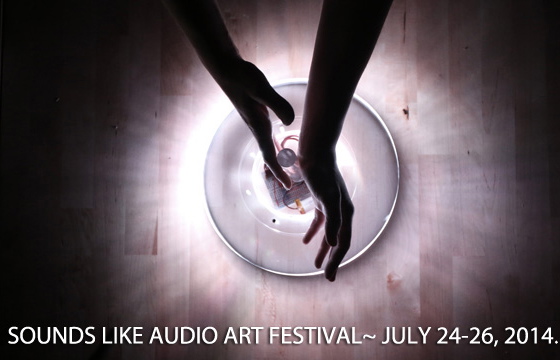
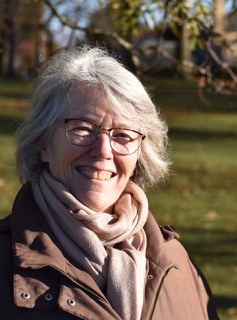
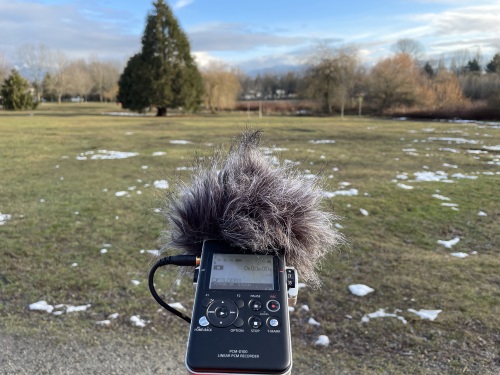
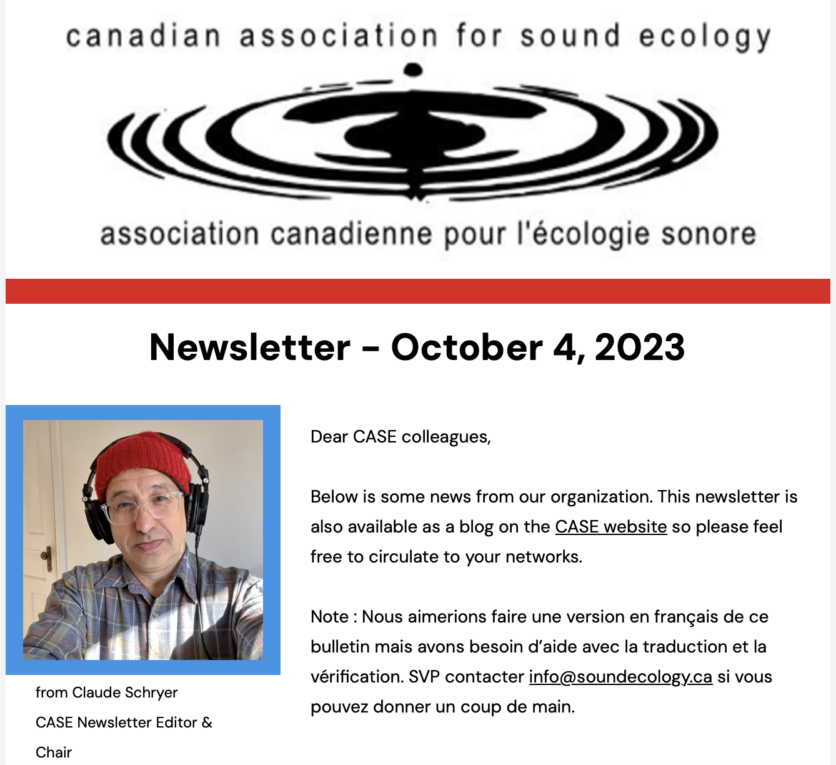
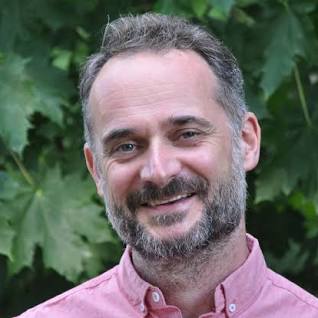
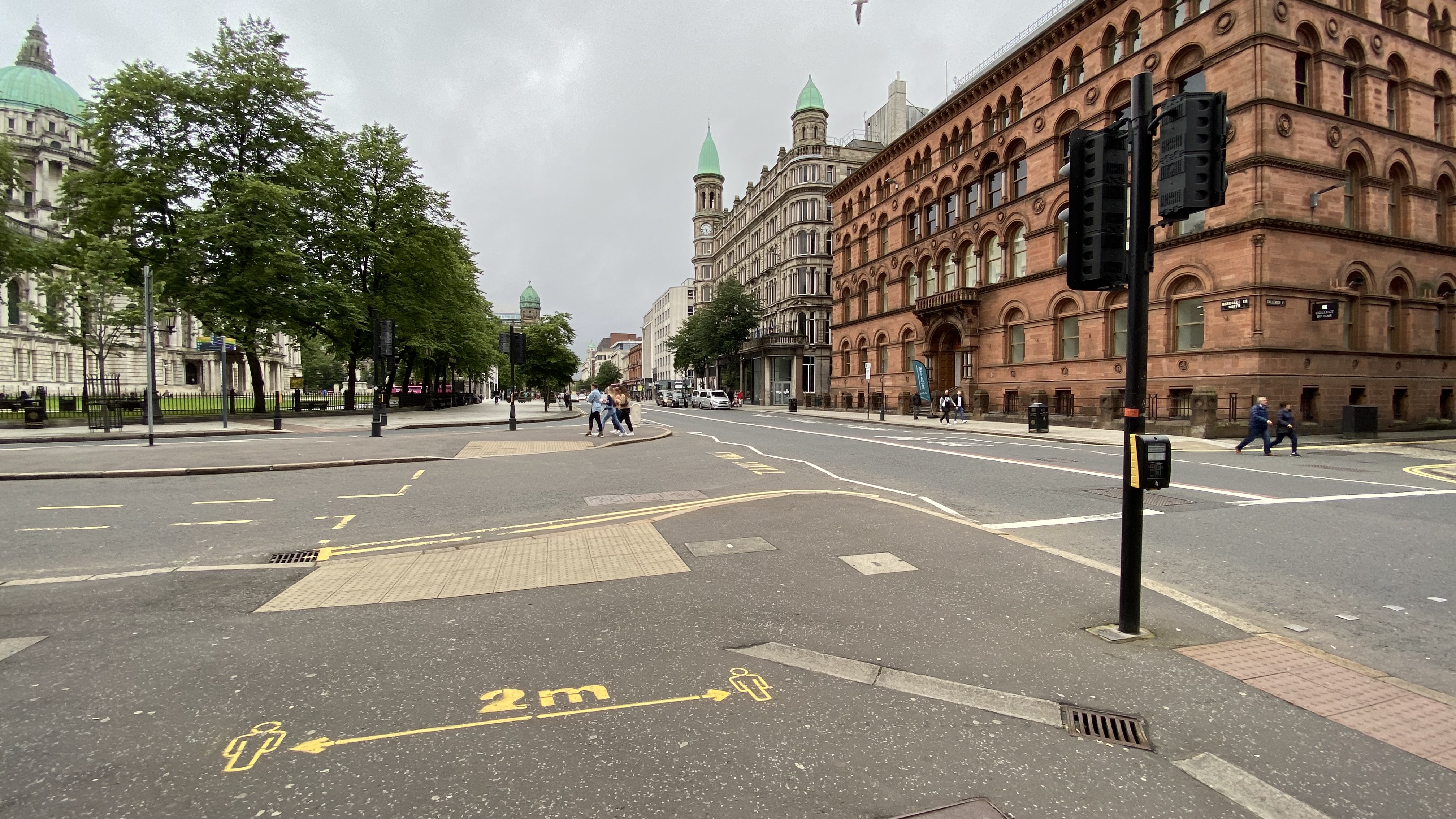
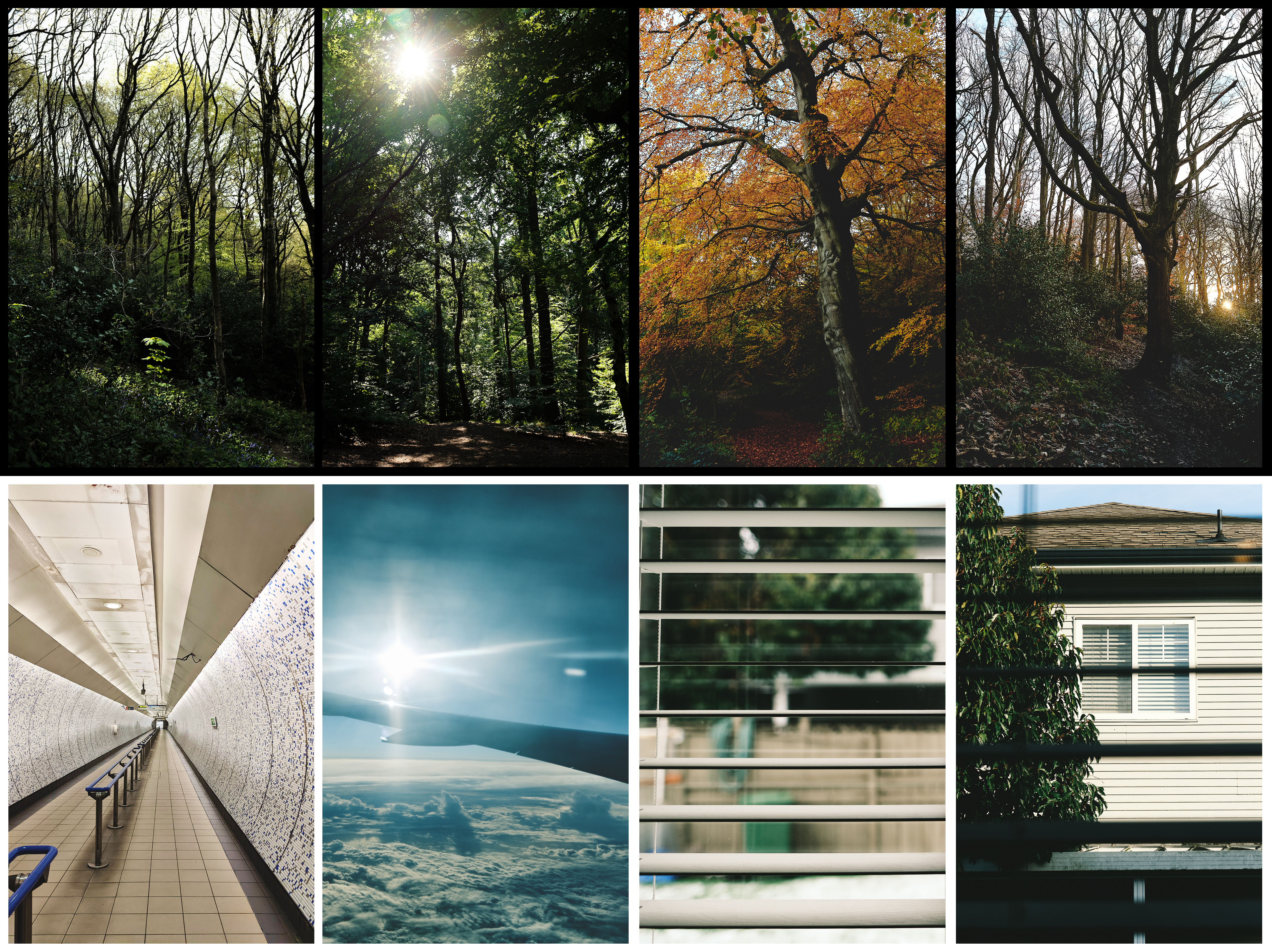
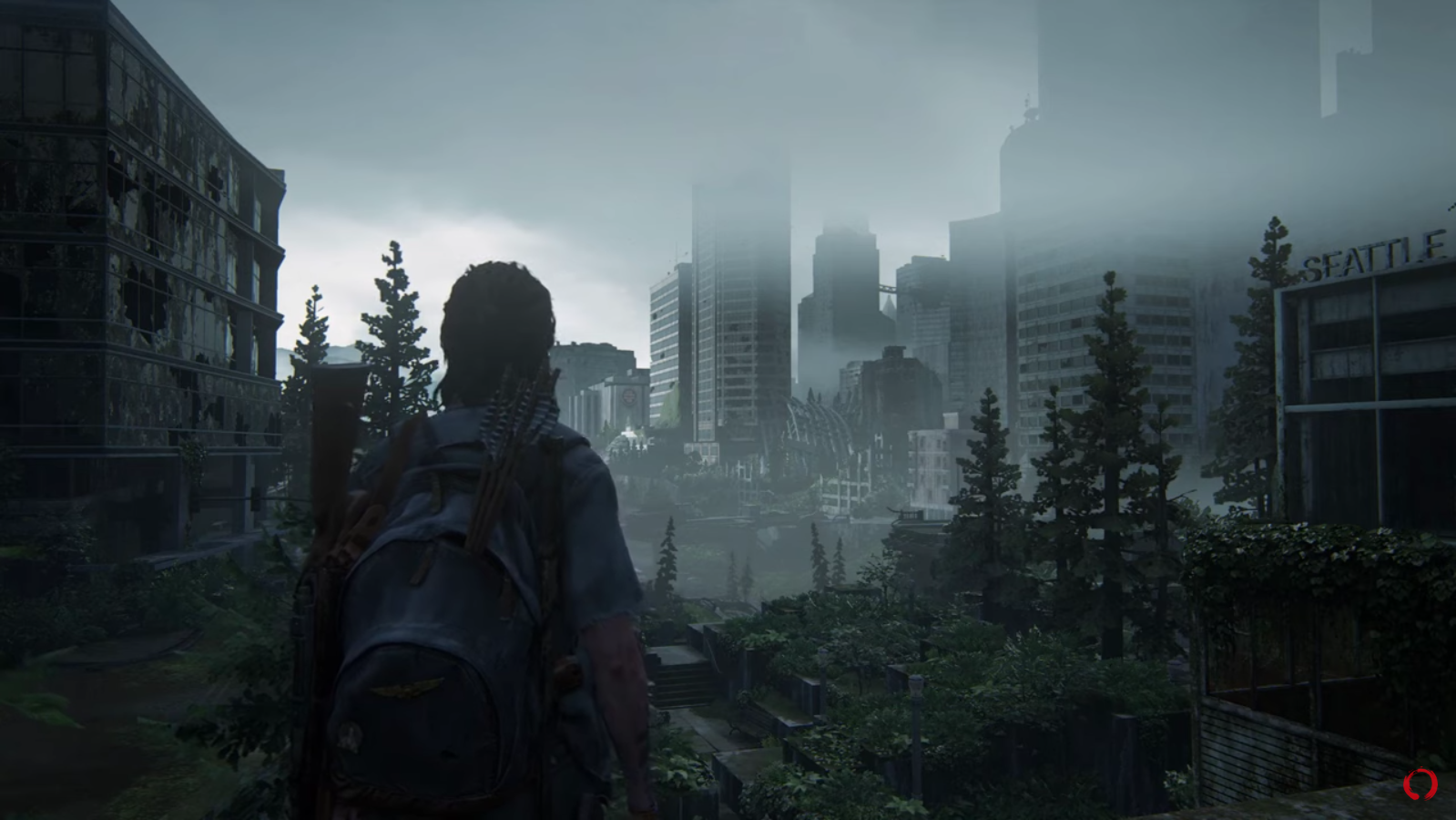
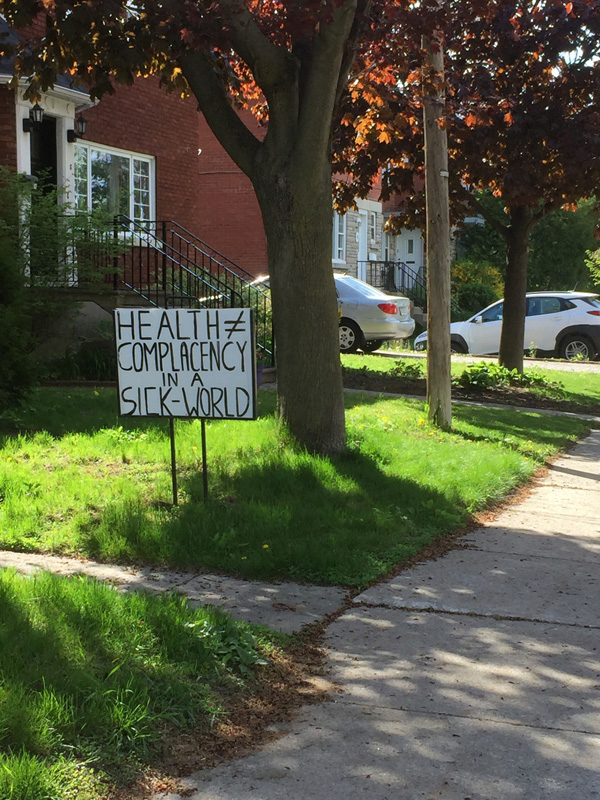

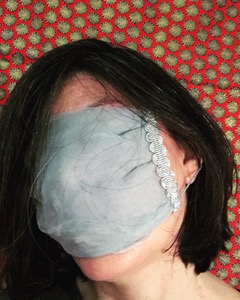
Leave a Reply